Multifamily Performance and Value
Sophisticated High-Rise Homes
While mid-rise projects account for the lion's share of U.S. multifamily market activity, an increase in high-rise buildings is animating many central business districts, from Houston to Chicago. Behind the growth are low debt financing rates, and annual rent increases of 7 to 8 percent for Class A units, according to real estate services company CBRE.2 The towers “resemble resorts” in terms of amenities and aesthetics, and typical renters are young professionals, typically 25- to 45-year-old singles or couples, and some empty-nesters of retirement age.
| Multifamily Window Ratings: Low-Rise to High-Rise |
For multifamily residential dwellings, window performance classes given by the American Architectural Manufacturers Association (AAMA, which rhymes with llama) offer a quick way to size up the suitability of a product for a particular project. The AAMA rating AW class is commonly used in high-rise applications to meet more rigorous loading requirements and limits on deflection. These windows resist wind-design pressures of 40 psf and higher. This contrasts with CW class products, which meet high loading needs, deflection limits and heavy use in low- and mid-rise buildings. These assemblies should withstand pressures of at least 30 psf. (The CW class replaces the C and HC classifications used before 2008.) For low- and mid-rise multifamily dwellings, AAMA’s LC class is a typical specification. These windows are larger and tolerate higher structural loads than those used for single-family dwellings. Pressures of at least 25 psf can be sustained. Two-family dwellings can use R class products, which withstand pressures of at least 15 psf. |
Concrete and steel structures vie for dominance in the urban skyscraper markets, as exemplified by Chicago's 82-story Aqua, designed by the local firm Studio Gang for Magellan Development Group. The 1.9-million-square-foot structure near Millennium Park is instantly recognizable, with its curving concrete floor slabs extending beyond the rectangular footprint to offer solar shading and thermal mass. Its three-story podium is planted with a large garden, further cooling the site. High-performance glazing allows ample views—a major driver for the high-rise market—while cutting solar load with low-E coatings and reflective glass on portions of the south- and east-facing façades.
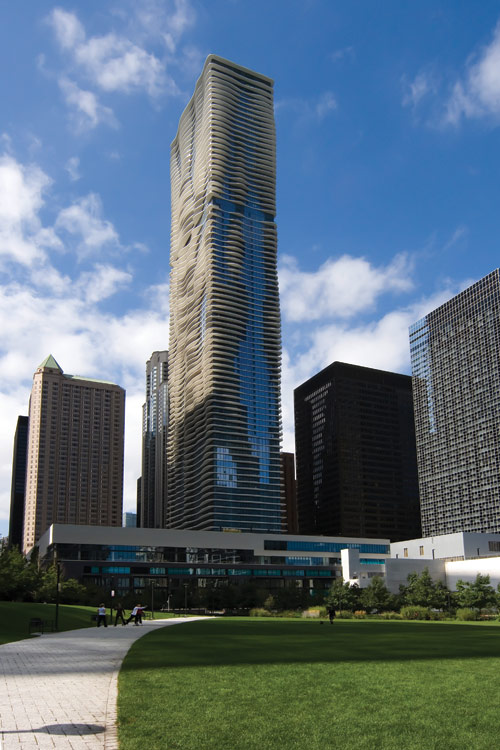 |
This project has high-performance aluminum projected windows with sliding glass doors, providing energy efficiency and comfort for occupants with balcony access. Photo courtesy of EFCO, a Pella Company |
The project used a variety of projected, casement, and fixed thermal aluminum windows and curtain wall, as well as matched sliding glass doors for the balconies. The unique design of the extended balconies required a window system that could easily accommodate the unusual deflection with custom head receptors. Another key feature of the window system was the ability to easily change mullion spacing to match the desired aesthetics for the award-winning design.
Whether in the Windy City or elsewhere, high-rise buildings need “the added strength, durability, and design flexibility of aluminum windows,” says EFCO's Hewitt, who explains that American Architectural Manufacturers Association (AAMA) guidelines3 classify window product performance. The AAMA rating AW class is commonly used in high-rise applications to meet increased loading requirements and limits on deflection, including where pressures of at least 40 psf are expected. (By contrast, LC-class products for low- to mid-rise multifamily dwellings resist pressures up to 25 psf.)
The challenge of floor-to-ceiling, operable glazing systems is well worth the effort, say developers like Magellan's James Loewenberg —also an architect—noting that the resulting designs bring more tenants and higher rents. This dynamic is true for both high-rise and mid-rise developments, adds NanaWall's Thomas, though he sees fully opening glass walls as a way to differentiate offerings in many markets, including detached condominiums and townhouses, among others.
Examples include the live-work-play Justison Landing in Wilmington, Delaware, a 150,000-square-foot building set on a former brownfield adjacent to the Christina River. Designed by the firm Burt Hill, the project fills out six new city blocks with housing, retail, offices, and a hotel, with an overall goal of “maintaining continuity along the streets, and drawing people in from other areas to visit the shops and access the riverfront walk,” according to the architects. Residential options include four seven-story blocks of two-story townhomes topped by luxury loft condominiums. To enhance the loft feel, the firm added fully opening glass walls with a series of collapsible screen panels that stack onto each other using a single track.
Depending on the climate and the proposed height of the operable glass walls, the key to specification is determining needs for weather resistance, impact resistance, and other durability considerations. In general, thermally broken aluminum folding-type glass walls tend to be favored for multifamily projects over single-track, sliding systems.
Notice
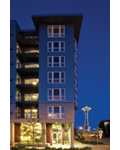
(Pictured: Marselle Condominium, Seattle, WA. PB Architects. Photo by Matt Todd Photography, courtesy of WoodWorks.)
www.rethinkwood.com
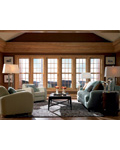
www.Simonton.com
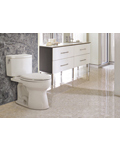
www.totousa.com
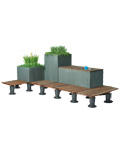
www.BisonIP.com
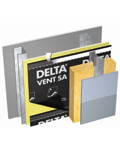
www.cosella-dorken.com
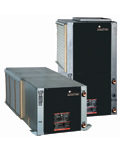
- Used in geothermal and water-source heat pump applications
- Exceeds ASHRAE 90.1 efficiencies with twostage operation
- Uses EarthPure® (HFC-410A) zero-ozonedepletion refrigerant, making it an extremely environmentally friendly option
- Its multiple cabinet configurations and small footprint make it suitable for tight installations and for replacement/retrofit markets
- Features iGate technology, the next generation in intelligent control by using two-way communication to provide a gateway to the system.
www.climatemaster.com
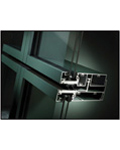
www.efcocorp.com
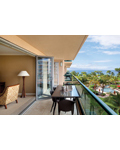
www.NanaWall.com









